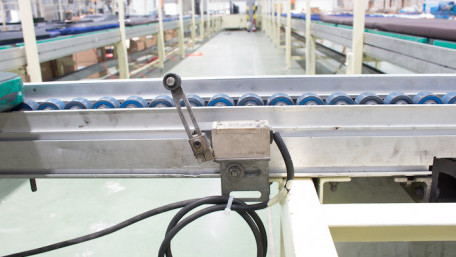
Limit switches are electromechanical devices that open or close contacts when external pressure is applied to an actuator. This solves a simple problem faced by…
Limit switches are electromechanical devices that open or close contacts when external pressure is applied to an actuator. This solves a simple problem faced by motion devices: limiting movement
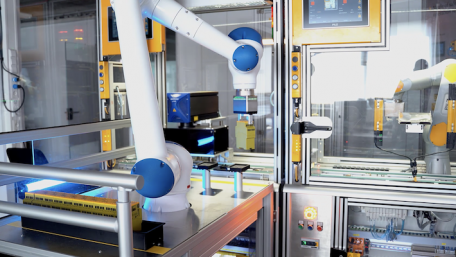
Engineering processes like robotics, feedback control, and security systems rely on position and distance sensors to…
Engineering processes like robotics, feedback control, and security systems rely on position and distance sensors to provide real-time information that enables machines to operate accurately and safely.
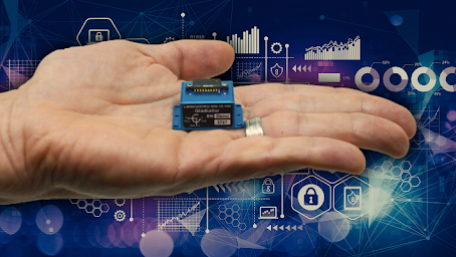
MEMS sensors enable the creation of highly sensitive, compact, and low-power devices for measuring quantities like…
MEMS sensors enable the creation of highly sensitive, compact, and low-power devices for measuring quantities like acceleration, magnetic fields, pressure, and more, and are found in automotive safety systems, navigation, and environmental monitoring.
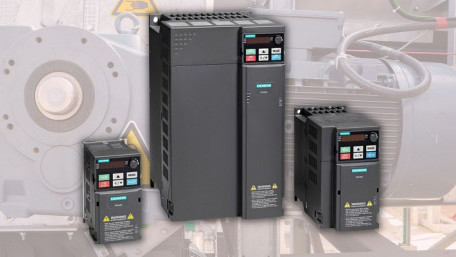
Many VFDs use digital inputs to control operation, rather than PLC-driven network communications. Learn about 2-wire and…
Many VFDs use digital inputs to control operation, rather than PLC-driven network communications. Learn about 2-wire and 3-wire digital input control schemes for ABB, Omron, Rockwell, and others.

There are many different kinds of electric motors used for industrial power transfer, but there are also hydraulic and…
There are many different kinds of electric motors used for industrial power transfer, but there are also hydraulic and pneumatic motors that can lend advantages in some situations.
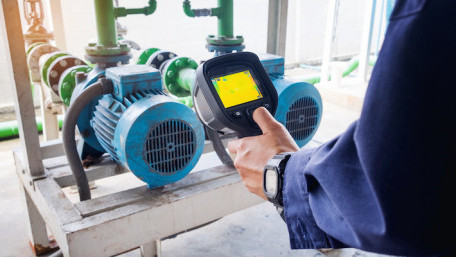
Converting thermal energy into electrical signals, temperature sensors such as RTDs and thermocouples are fundamental in…
Converting thermal energy into electrical signals, temperature sensors such as RTDs and thermocouples are fundamental in the maintenance and operation of industrial environments and equipment.
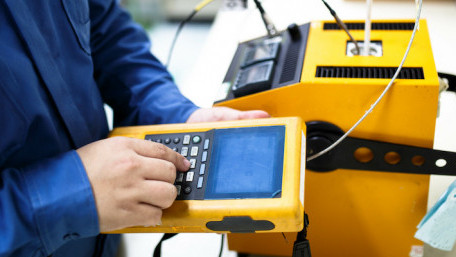
Calibration can be a time-consuming process requiring expensive traceable tools, but high-accuracy signals result in…
Calibration can be a time-consuming process requiring expensive traceable tools, but high-accuracy signals result in higher-quality products, better customer satisfaction, and, ultimately, greater returns.
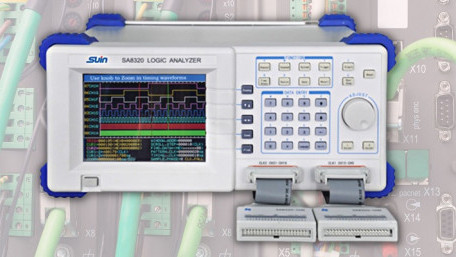
ASCII is a familiar acronym, found in applications like Modbus communications and string data types—but what is it, and…
ASCII is a familiar acronym, found in applications like Modbus communications and string data types—but what is it, and what does ASCII mean for automation engineers?
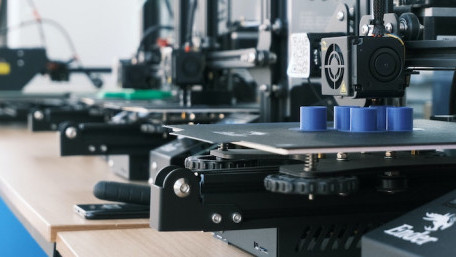
3D printers have come a long way over the years, but can we really expect to see them on the factory floor, taking the…
3D printers have come a long way over the years, but can we really expect to see them on the factory floor, taking the place of large machining centers? What benefits and challenges does printing offer to manufacturing?
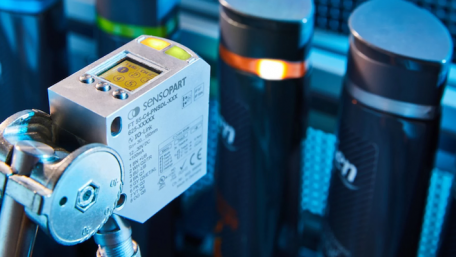
Optical sensors are one of the most popular sensor types in industrial automation. This article covers optical sensor…
Optical sensors are one of the most popular sensor types in industrial automation. This article covers optical sensor basics and commonly used types, including fiber optic, photoelectric, and optical encoders.
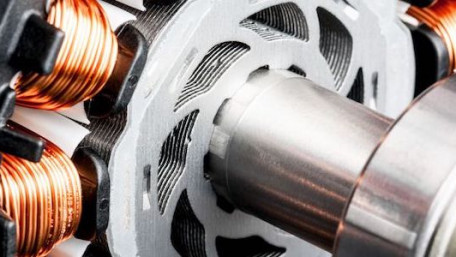
Field-oriented control (FOC), also called vector control, can control 3-phase alternating current motors and brushless DC…
Field-oriented control (FOC), also called vector control, can control 3-phase alternating current motors and brushless DC motors. Read more to learn its advantages, how it works, and its best applications.
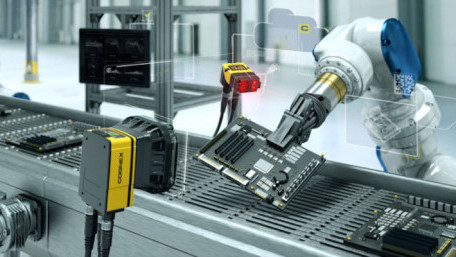
Industrial sensors can be found in nearly every modern industrial process, regardless of complexity. Learn the history,…
Industrial sensors can be found in nearly every modern industrial process, regardless of complexity. Learn the history, evolution, and variety of sensors that make manufacturing the modern marvel we see today.
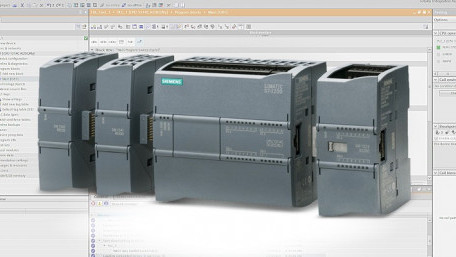
Programming simple coil and contact commands is an easy matter in most PLC IDEs. Connecting and configuring analog inputs…
Programming simple coil and contact commands is an easy matter in most PLC IDEs. Connecting and configuring analog inputs can be more challenging with various bit resolutions and conversion commands.
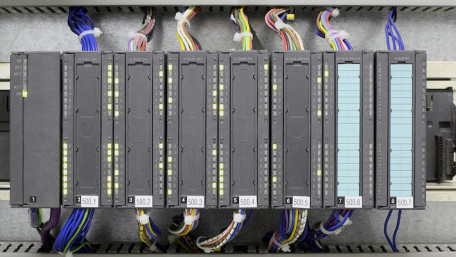
Insufficient controller memory can result in reduced HMI and SCADA response speed and longer scan times. Know the…
Insufficient controller memory can result in reduced HMI and SCADA response speed and longer scan times. Know the differences between RAM, ROM, and removable memory, and how to keep program sizes in check.
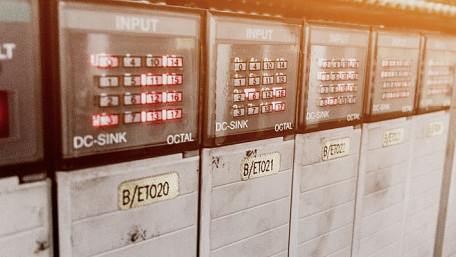
Computers understand values as long strings of binary bits, but we humans convert them to other systems for convenience.…
Computers understand values as long strings of binary bits, but we humans convert them to other systems for convenience. Decimal makes sense, but what about hexadecimal and the lesser-known octal systems?
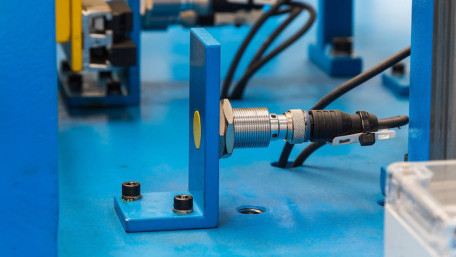
Operating voltage, linearity, dimensions, polarity protection, range… When it comes to sensors, every situation calls…
Operating voltage, linearity, dimensions, polarity protection, range… When it comes to sensors, every situation calls for understanding these specs in detail during design, purchasing, and installation.
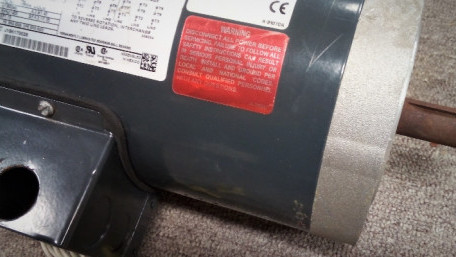
Large motors require a circuit to turn on and off. This may be as simple as a single on/off drum-type switch or as…
Large motors require a circuit to turn on and off. This may be as simple as a single on/off drum-type switch or as elaborate as a VFD unit. Learn about some common control circuit designs for typical three-phase motor requirements.

As data becomes available, maintenance can shift from being done on a rigid schedule to a more cost-effective plan of…
As data becomes available, maintenance can shift from being done on a rigid schedule to a more cost-effective plan of fixing as required, even turning attention to the root cause of maintenance woes.
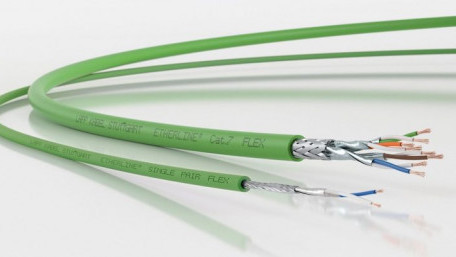
Industrial Ethernet is getting a facelift, but will the industry adopt this new change? Single Pair Ethernet (SPE) offers…
Industrial Ethernet is getting a facelift, but will the industry adopt this new change? Single Pair Ethernet (SPE) offers gigabit speeds with a reduced footprint. When is it used, and where?
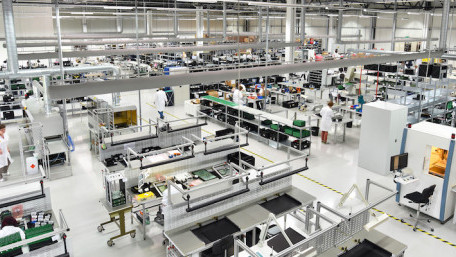
Power quality is an increasing concern for manufacturers all over the world as electrical equipment becomes more advanced…
Power quality is an increasing concern for manufacturers all over the world as electrical equipment becomes more advanced and therefore sensitive to discrepancies in the supplied power.
